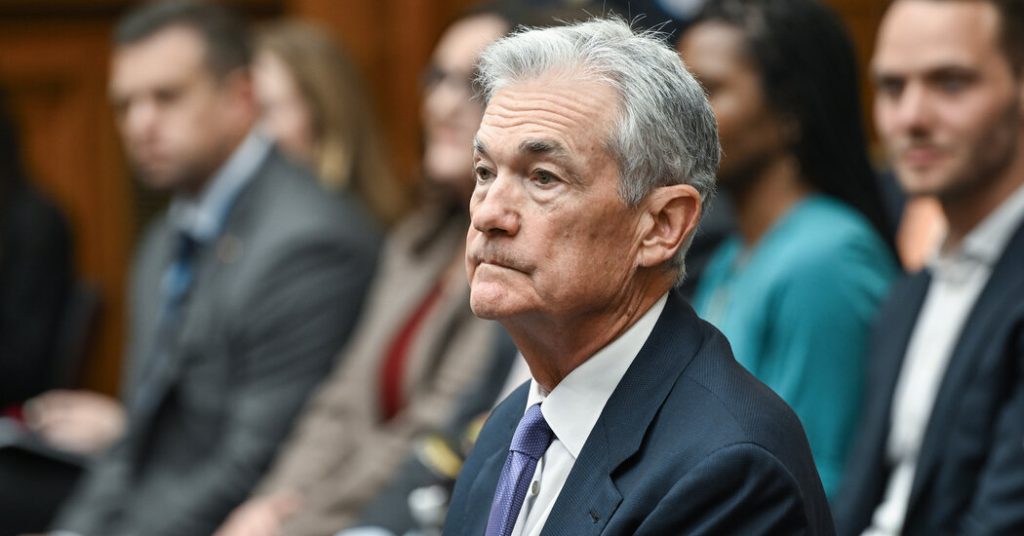The Federal Reserve is likely to delay cutting interest rates as inflation has not cooled as quickly as initially expected. Both Jerome H. Powell, the Fed chair, and Philip N. Jefferson, the Fed’s vice chair, have indicated that it may take longer than anticipated to achieve the desired level of confidence in the economy. Policymakers had previously indicated plans to cut rates three times by the end of 2024, but recent inflation readings have caused some uncertainty in their forecasts. Investors have been closely monitoring Fed officials for any changes in their views on rate cuts, with many now pushing back their estimates for when the first rate cut might occur.
While progress on inflation had been steady earlier in the year, recent data has shown a stall in inflation reduction. This has led to investors no longer expecting a rate cut at the upcoming meeting in two weeks, and many are now uncertain about whether a cut will happen in June or later in the year. Other economic indicators remain strong, such as job growth exceeding expectations, low unemployment rates, and resilient consumer spending. This has given Fed officials confidence in maintaining higher interest rates without risking a recession.
Mr. Powell has expressed confidence in the strength of the labor market and the progress made on inflation, which has allowed the Fed to maintain a higher level of interest rates. He also noted that the Fed has the flexibility to cut rates if unexpected weaknesses arise in the labor market. Mr. Jefferson echoed this sentiment, stating that his baseline outlook expects further decline in inflation with the policy rate remaining steady. However, he acknowledged the uncertainty in the outlook and stated that if inflation proves to be more persistent than expected, maintaining the current policy stance for a longer period would be appropriate.
Despite the delay in cutting rates, both Mr. Powell and Mr. Jefferson see signs of the labor market rebalancing and easing forces that contributed to rapid inflation. They remain cautiously optimistic about the outlook for inflation and the strength of the labor market but acknowledge the uncertainty in the current economic conditions. If incoming data suggests that inflation is more persistent than expected, Fed officials are prepared to keep the current restrictive stance of policy in place for longer.
Overall, the Federal Reserve is taking a cautious approach to cutting interest rates given the recent stall in progress on inflation. While investors had anticipated earlier rate cuts, Fed officials have indicated that it may take longer than expected to achieve the desired level of confidence in the economy. Despite this, other economic indicators remain strong, giving policymakers confidence in maintaining higher interest rates for the time being. The Fed will continue to monitor incoming data and adjust its stance on rate cuts accordingly, with the goal of supporting a strong labor market and addressing any potential risks to the economy.


